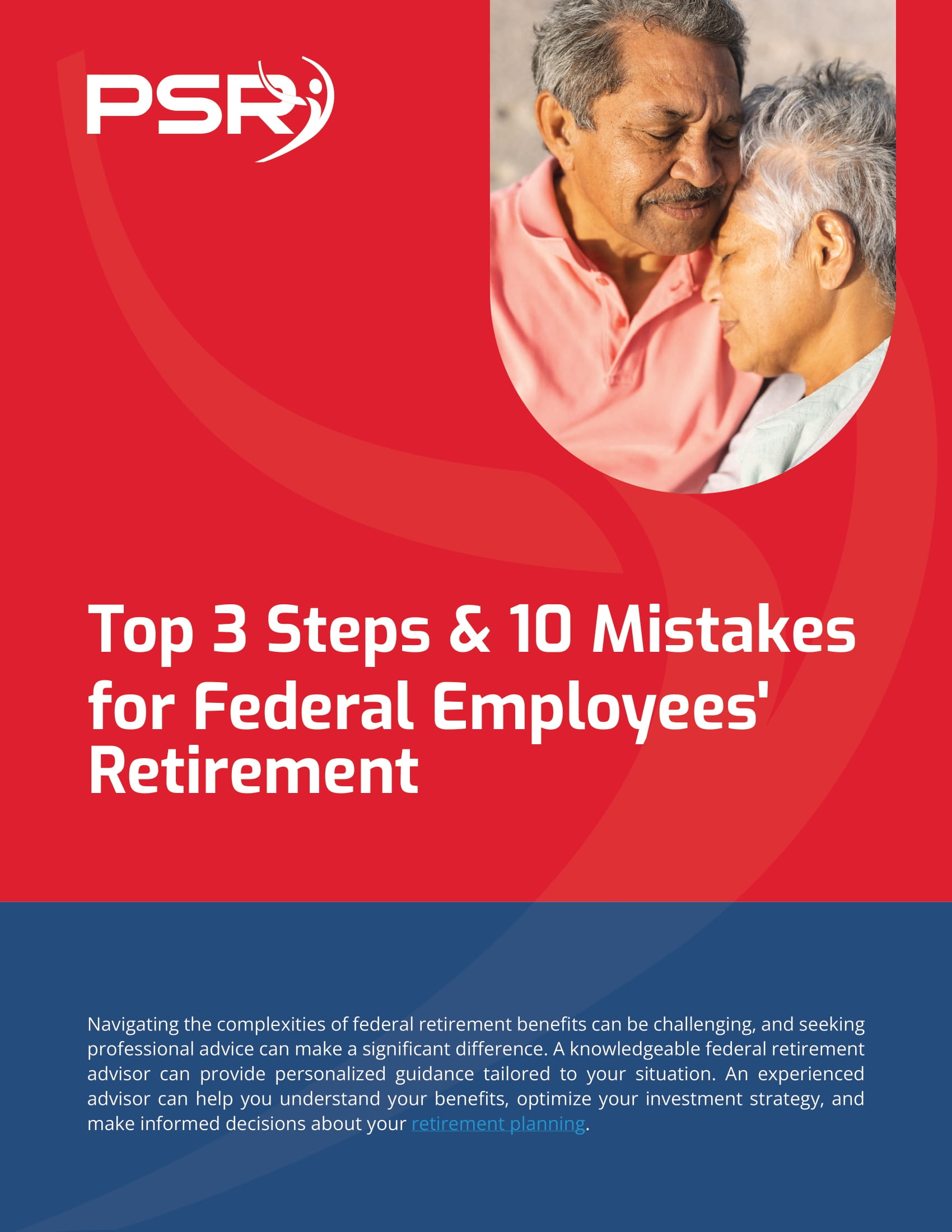Key Takeaways
- Understanding the differences between CSRS and FERS is crucial for federal employees planning their retirement.
- Each system offers unique benefits, and comparing them can help employees make informed decisions.
CSRS and FERS: Comparing the Two Federal Retirement Benefits
The Civil Service Retirement System (CSRS) and the Federal Employees Retirement System (FERS) are two retirement plans designed to provide financial security for federal employees. While both systems aim to ensure a stable retirement, they have distinct differences in structure, benefits, and eligibility requirements. Understanding these differences is essential for federal employees to make informed decisions about their retirement planning.
Overview of CSRS and FERS
CSRS
- Also Read: FAA, Law Enforcement, and Special Federal Employee Categories—Here’s What Makes Their Retirement Unique
- Also Read: Blending Private and Public Sector Retirement Plans Is Complicated—Here’s Where Couples Get It Wrong
- Also Read: The Silent Shift in Postal Service Retirement Benefits That Could Change Everything by 2026
FERS, on the other hand, was implemented in 1987 to replace CSRS for new federal employees. FERS is a three-tiered system comprising the Basic Benefit Plan, Social Security, and the Thrift Savings Plan (TSP). FERS covers federal employees hired on or after January 1, 1984. This system integrates Social Security and a defined contribution plan (TSP) along with the Basic Benefit Plan, offering more flexibility and opportunities for retirement savings growth.
Key Differences Between CSRS and FERS
The primary differences between CSRS and FERS lie in their structure, coverage, and benefits.
-
Structure:
- CSRS: Standalone defined benefit plan.
- FERS: Three-tiered system (Basic Benefit Plan, Social Security, TSP).
-
Coverage:
- CSRS: Employees hired before January 1, 1984.
- FERS: Employees hired on or after January 1, 1984.
-
Employee Contributions:
- CSRS: Higher employee contribution rates (7% to 8% of salary).
- FERS: Lower employee contribution rates (0.8% to 4.4% of salary, depending on hiring date).
-
Social Security:
- CSRS: No Social Security coverage.
- FERS: Includes Social Security coverage.
-
Thrift Savings Plan (TSP):
- CSRS: No government matching contributions.
- FERS: Government matching contributions up to 5% of salary.
Pension Calculation Methods
The methods for calculating pensions under CSRS and FERS differ significantly.
CSRS Pension Calculation:
The CSRS pension is calculated using a formula that factors in years of service and the highest three consecutive years of salary (High-3 average salary). The formula is:
Annual Pension=Years of Service×High-3 Average Salary×Multiplier
The multiplier is generally 1.5% for the first 5 years, 1.75% for the next 5 years, and 2% for each year thereafter.
Example:
FERS Pension Calculation:
The FERS pension is calculated using a similar formula, but with a different multiplier and integration with Social Security and TSP. The formula is:
Annual Pension=Years of Service×High-3 Average Salary×Multiplier
The multiplier is generally 1% or 1.1% if the employee retires at age 62 or later with at least 20 years of service.
Example:
For an employee with 30 years of service and a High-3 average salary of $90,000 retiring at age 62:
Annual Pension=30×90,000×0.011 = 30 × 990 =30×990 = $ 32 , 670 =$32,670
Social Security and Retirement Income
A significant difference between CSRS and FERS is the inclusion of Social Security benefits in the FERS system.
CSRS and Social Security:
CSRS employees are not covered by Social Security for their federal service, meaning they do not contribute to or earn Social Security benefits based on their federal employment. However, they may still qualify for Social Security benefits through other employment.
FERS and Social Security:
FERS employees contribute to Social Security and earn benefits based on their federal service. This integration provides an additional layer of retirement income. Social Security benefits are calculated based on the employee’s 35 highest-earning years.
Thrift Savings Plan (TSP) Contributions and Benefits
The Thrift Savings Plan (TSP) is a critical component of FERS but less so for CSRS employees.
CSRS and TSP:
CSRS employees can contribute to the TSP, but they do not receive government matching contributions. The TSP serves as a supplemental savings plan, offering tax-deferred growth.
FERS and TSP:
FERS employees benefit significantly from the TSP due to government matching contributions. The government matches 100% of the first 3% of salary contributed and 50% of the next 2%, making it essential for FERS employees to contribute at least 5% to maximize their retirement savings.
Health Insurance and Coverage Options
Health insurance is an important aspect of retirement benefits under both CSRS and FERS.
CSRS Health Insurance:
CSRS retirees can continue their Federal Employees Health Benefits (FEHB) coverage into retirement if they were enrolled for the five years immediately preceding retirement or since their first opportunity to enroll. They pay the same premiums as active employees, with the government covering a significant portion of the cost.
FERS Health Insurance:
FERS retirees also have access to FEHB coverage under the same conditions as CSRS retirees. The integration of FEHB with Medicare at age 65 can further reduce out-of-pocket costs and enhance coverage.
Choosing the Right Retirement System for You
Choosing between CSRS and FERS is straightforward for most employees since the eligibility depends on the hiring date. However, understanding the differences can help those who are eligible for both systems or those considering a switch from CSRS to FERS (if still allowed in special cases).
Considerations for Choosing:
- Job Start Date: Employees hired before January 1, 1984, are generally covered by CSRS, while those hired after are covered by FERS.
- Retirement Goals: FERS may offer more flexibility and potentially higher retirement income due to the combination of pension, Social Security, and TSP.
- Personal Circumstances: Factors such as other sources of retirement income, health, and long-term financial goals can influence the decision.
Conclusion
Understanding the differences between CSRS and FERS is crucial for federal employees to optimize their retirement benefits. CSRS offers a traditional pension plan with predictable income, while FERS provides a more flexible and integrated approach, combining pension, Social Security, and TSP. Each system has its unique advantages, and federal employees must consider their specific circumstances and retirement goals when planning their retirement. With careful planning and informed decisions, both CSRS and FERS can provide a secure and comfortable retirement.













